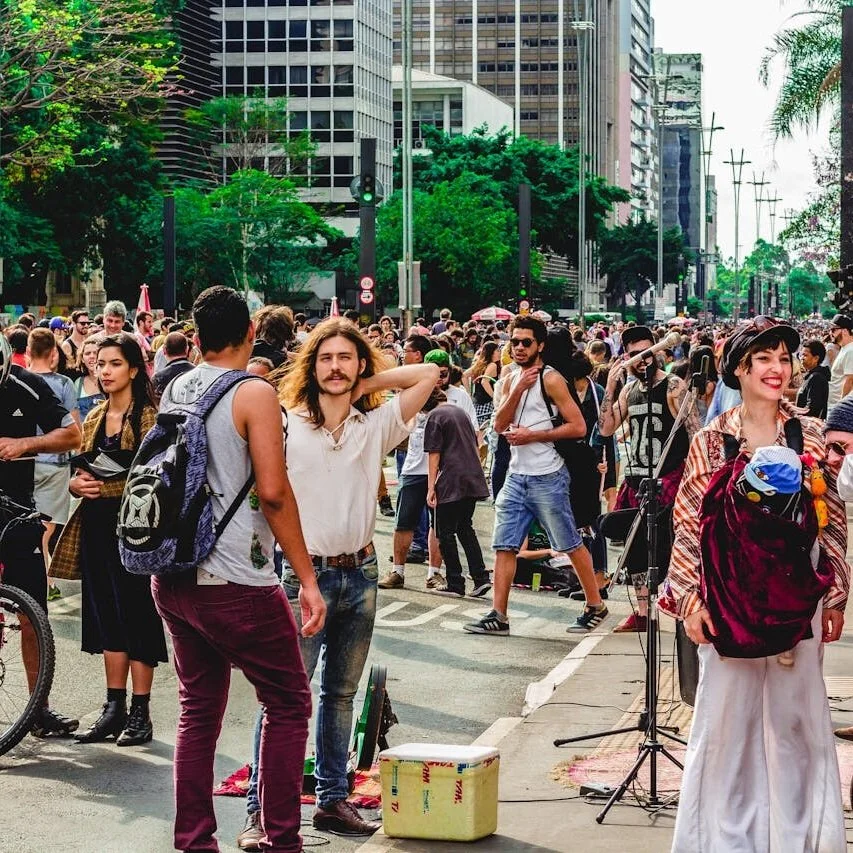A Portuguese festival with music, food, fireworks, red wine and plastic hammers.
Porto’s most famous festival is undoubtedly Festa de São João ( St. John’s Festival) when the entire city takes to the streets to celebrate its patron saint with outdoor parties, fireworks displays, music, mini hot air balloons, feasts, red wine, and an abundance of plastic hammers - yes you read that right, plastic hammers.
The festival is Porto’s biggest event of the year -. a celebration as large and as popular as Carnival in Brazil. Its origins go back to a 14th century pagan celebration, thanking the sun god for a good abundant harvest.
It was later christianised as a celebration to São João by the Church, but many of the pagan customs persist even to this day, like the usage of wild leek, basil and the bonfires.
Porto starts preparing for the São João festival many weeks in advance. Stages are set up around the city. Special lighting and decorations are installed in the alleys of the Historic Centre, with banners, and pots of basil and other symbols alluding to the date.
Dances are held in the city’s neighbourhoods. The folkloric ranchos take over the main squares, with music and couples dancing.
On the night of June 23rd, the Porto sky is lit up with small hot air balloons, the city’s bridges come alive with fireworks and music and the colourful balconies of downtown Porto become mini stages for DJ’s - professional and amateur.
Food vendors fill the streets to sell all kinds of food, especially traditional grilled sardines and peppers, the smell of which spreads through the city streets, roast paprika and entremeada (a cut of pork belly) on the coals, roast goat, caldo verde (green broth). Bifana on bread is also on the São João Festival menu.
The tradition of having pots of basil dates back to the days when lovers used to give basil when proposing. It represented a commitment as strong as a marriage proposal. The pots these days usually have small flags with four verse cross-rhyme poems in them.
The celebrations start at dawn and last until sunrise the next day when its traditional to go for a swim in the sea. The locals assure you that this dip purifies the body and the mind. Others say it’s also a great way to avoid a hangover.
As for the plastic hammers — they are two-sided, equipped with whistles, with which you tap/hit/hammer people, even strangers, on the head. It is a modern version of the 14th century pagan custom where people randomly hit each other on the head with wilted leeks for luck. The hammers replaced the leek tapping in the 60’s when university students started using plastic squeaking hammers instead of wilted leaks, as they made noise, lasted longer, and didn’t smell. However the leeks still have their place at Festa de São João. There are pots of them alongside the basil.
Savour the foods of Porto’s most beloved cafés and markets
Try regional delights, from sweet custard tarts to savory classics like a ‘bolinho de bacalhau’ codfish. Taste northern Portugal’s world-renowned export of Port and learn its history and cultural impact.










